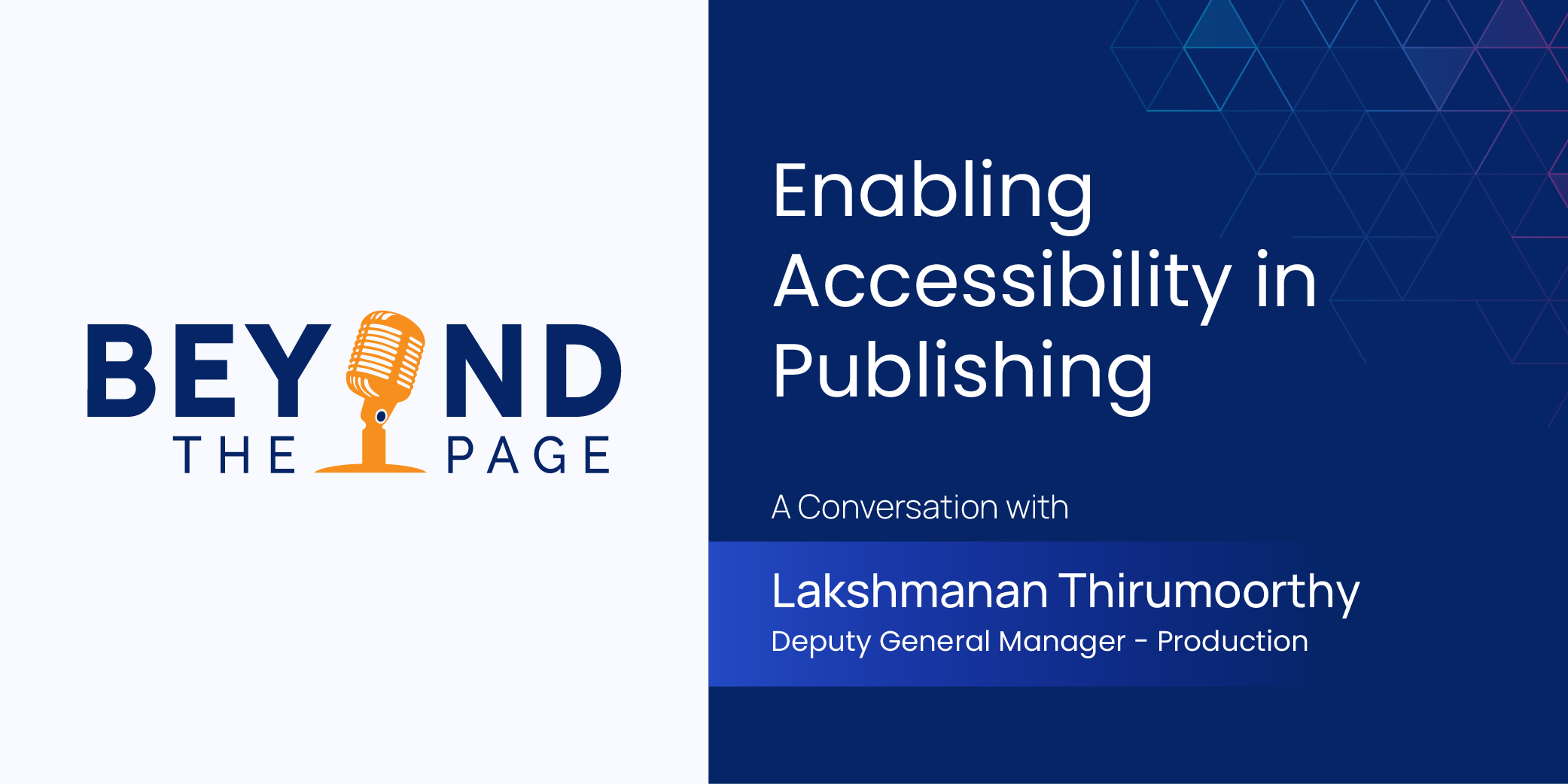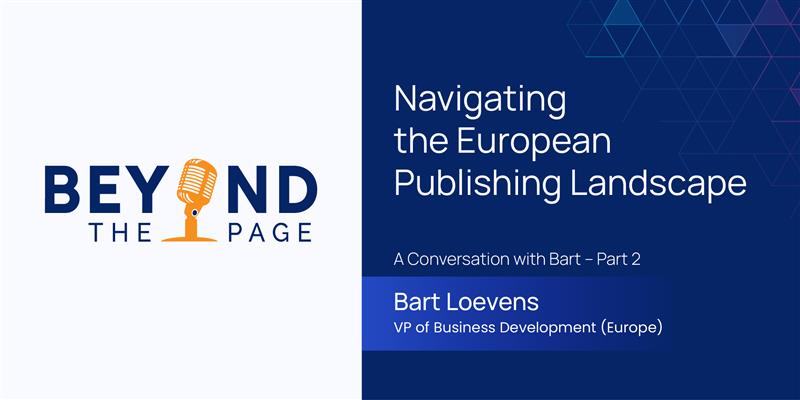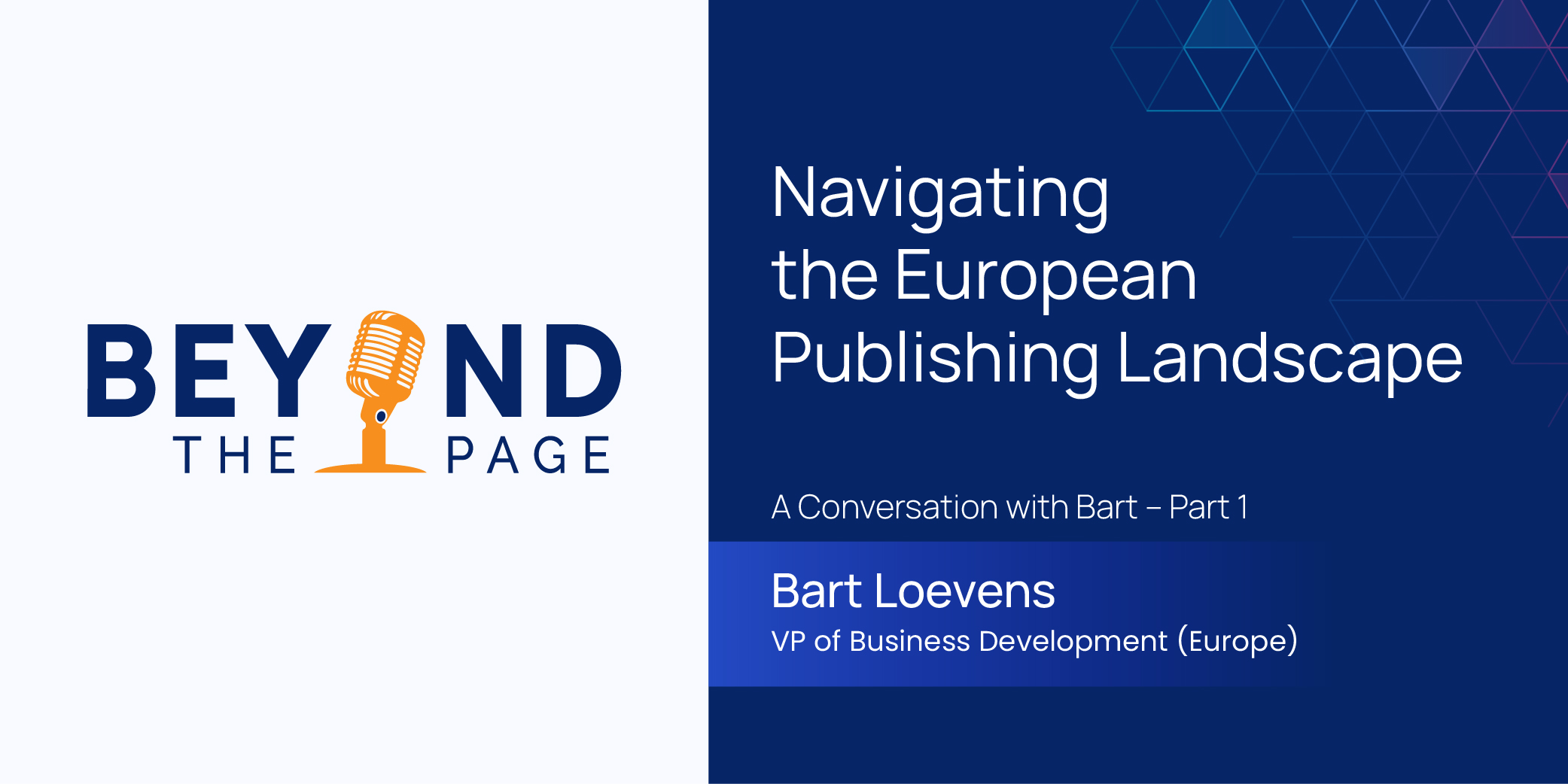The ROI of AI Automation: Measuring Success Beyond the Bottom Line

The landscape of modern business is constantly evolving. Artificial intelligence (AI) automation is rapidly transforming how companies operate, automating repetitive tasks, streamlining processes, and unlocking new levels of efficiency.
While the financial benefits of AI automation are undeniable, a truly comprehensive understanding of its return on investment (ROI) requires looking beyond the bottom line. According to a study by Deloitte, many organizations report a favorable ROI from their AI initiatives. Key areas yielding significant returns include customer service and experience (74%), IT operations and infrastructure (69%), and planning and decision-making (66%). However, it’s also noted that not all companies are experiencing a tangible ROI, highlighting the diverse outcomes of AI implementation. This blog post explores the core components of AI automation ROI, delving into both tangible and intangible benefits, and the challenges associated with measurement.
Core Components of AI Automation ROI
Defining Relevant KPIs:
The key to measuring the ROI of AI automation lies in establishing relevant key performance indicators (KPIs). These metrics will vary depending on the specific goals of an organization, but some common examples include:
- Process Efficiency: Track the time it takes to complete tasks before and after AI implementation.
- Error Reduction: Measure the number of errors associated with manual processes compared to automated ones.
- Customer Satisfaction: Monitor customer satisfaction surveys and feedback to gauge the impact of AI-powered interactions.
Tangible Benefits:
AI automation delivers a range of quantifiable benefits that directly impact the bottom line. Here are a few key examples:
- Enhanced Efficiency and Productivity: By automating repetitive tasks, AI frees up employees to focus on higher-value activities, leading to measurable gains in overall productivity.
- Cost Savings: AI automation can significantly reduce labor costs associated with manual processes. Additionally, by minimizing errors, it can also lead to cost savings through improved quality control.
Quantitative Benefits
- Enhanced Efficiency and Productivity Metrics: A McKinsey survey found that 56% of respondents reported they had adopted AI in at least one function in 2021, up from 50% in 2020. AI automation streamlines operations, reducing the time and resources required for routine tasks. For instance, automated customer service tools can handle multiple inquiries simultaneously, far outpacing human capabilities. This not only speeds up response times but also frees human employees to focus on more complex and creative tasks, thereby boosting overall productivity.
- Cost Savings through Process Automation and Error Reduction: By automating repetitive tasks, businesses can significantly reduce labor costs and minimize errors. Error reduction is particularly critical in industries like manufacturing and finance, where mistakes can be costly. Automation ensures a higher level of consistency and precision, leading to substantial cost savings over time.
Qualitative Benefits
- Employee Satisfaction and Reduced Turnover: Automation relieves employees from monotonous, repetitive tasks, allowing them to engage more in meaningful work that requires human insight. This shift can lead to higher job satisfaction, lower turnover rates, and ultimately, a more motivated and engaged workforce.
- Improved Customer Engagement Through Personalized Experiences: AI-powered tools analyze vast amounts of data to deliver personalized customer experiences. For example, AI can tailor product recommendations to individual users on e-commerce platforms, enhancing customer satisfaction and loyalty. This level of personalization was once impossible without the scalable power of AI.
Challenges in Measuring ROI
While the benefits of AI automation are undeniable, measuring its ROI can be challenging. Here are some factors to consider:
- Quantifying Intangible Benefits: Placing a dollar value on improved employee morale or enhanced customer experience can be difficult.
- Time Frame: The true impact of AI automation may not be fully realized immediately. It often takes time for organizations to fully integrate AI solutions and observe the cumulative benefits.
Conclusion
A holistic view of ROI is essential when evaluating AI automation. While cost savings are a crucial factor, it’s equally important to consider the impact on employee satisfaction, customer engagement, and overall business agility. By adopting a strategic approach to measurement, organizations can gain a comprehensive understanding of the value proposition AI automation offers and make informed decisions about its implementation.
News & Insights

Enabling Accessibility in Scholarly Publishing – A Conversation with Lakshmanan Thirumoorthy

Navigating the European Publishing Landscape – A Conversation with Bart – Part 2

